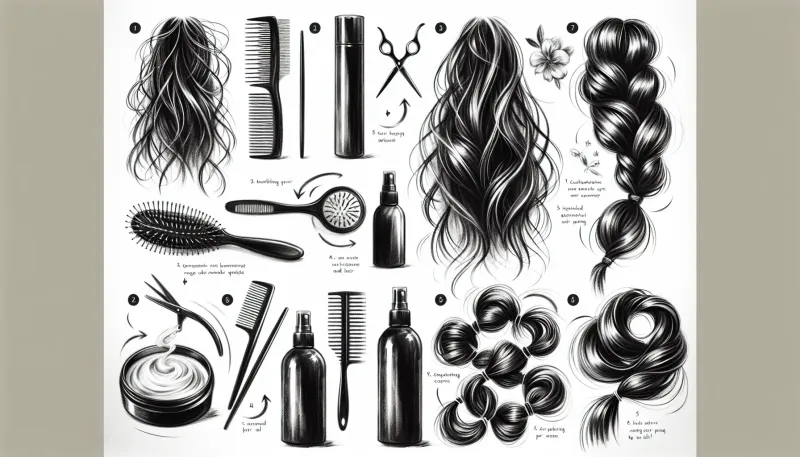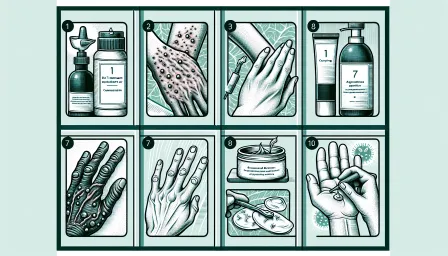Top Damaged Hair Detangling Tips: Expert Advice You Need

Discover essential tips for detangling damaged hair from experts. Learn how to manage tangles effectively and protect your hair from further damage.
Are you struggling with tangled, damaged hair? You're not alone. In this article, we'll provide you with expert advice and actionable tips to effectively detangle and care for your damaged hair.
Understanding Damaged Hair
Before diving into detangling tips, it's essential to understand what makes hair damaged. Factors such as heat styling, chemical treatments, and environmental stress can weaken the hair shaft, leading to breakage, split ends, and tangles. Recognizing these causes is the first step toward recovery.
Pre-Detangling Preparation
1. Choose the Right Tools
Using the correct tools is critical when handling damaged hair. Opt for a wide-tooth comb or a detangling brush with flexible bristles, which minimize tension on the hair shaft and reduce breakage.
2. Apply a Detangling Conditioner
A high-quality detangling conditioner can make the process much easier. Look for products enriched with moisturizing ingredients like shea butter, coconut oil, or argan oil that help to soften and smooth the hair, making it easier to comb through.
Step-by-Step Detangling Process
1. Start with Wet or Damp Hair
Damaged hair is more fragile when dry. Begin detangling when your hair is wet or damp, as this reduces the likelihood of breakage. Additionally, the moisture helps to reduce friction between hair strands.
2. Divide Your Hair into Sections
Work in small, manageable sections. Sectioning your hair prevents further tangling and helps you focus on one area at a time, making the detangling process more efficient.
3. Gently Detangle from Ends to Roots
Begin detangling at the ends of your hair and gradually work your way up to the roots. This method avoids tugging and pulling at the hair, which can cause breakage and further damage.
4. Use Your Fingers First
Before using a comb or brush, run your fingers through your hair to loosen any major tangles. This can help to identify particularly knotty areas and minimize breakage.
5. Be Patient and Gentle
Detangling damaged hair requires patience and a gentle touch. Avoid yanking or forcefully pulling at knots. If you encounter a stubborn tangle, apply a bit more conditioner or detangling spray to ease it out.
Post-Detangling Care
1. Deep Conditioning Treatments
Regular deep conditioning treatments can help to restore moisture and strengthen damaged hair. Look for treatments with ingredients like keratin, proteins, and natural oils that nourish and repair the hair shaft.
2. Protect Your Hair from Damage
To prevent further damage, protect your hair from heat styling tools by using heat protectant sprays and limit the use of chemical treatments. Additionally, consider wearing a hat or using UV protection sprays to shield your hair from the sun’s harmful rays.
3. Regular Trims
Scheduling regular trims every six to eight weeks helps to remove split ends and prevent tangles. Trimming keeps your hair in better condition and reduces the overall appearance of damage.
4. Sleep on a Silk Pillowcase
Sleeping on a silk pillowcase reduces friction between your hair and the fabric, minimizing tangles and promoting smoother hair. Silk also helps to retain the hair’s natural moisture.
Conclusion
Detangling damaged hair can be challenging, but with the right tools, techniques, and care, it’s entirely manageable. By understanding the root causes of damage and taking preventive measures, you can improve your hair’s health and reduce tangles. Remember to be gentle, patient, and consistent with your hair care routine, and you’ll see improvement over time.



























